/Uses and Human Activities/Fisheries and aquaculture
Type of resources
Available actions
Topics
Keywords
Contact for the resource
Provided by
Representation types
Update frequencies
status
Scale
-
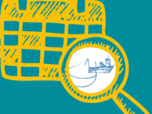
The activity calendars of fishing vessels reconstituted each year provide access to the following monthly fishing data: main operating port, number of pepole on board, number of days at sea and of, trade (s) practiced ( s), exploited fishing areas and their distance from the coast. Annual data on the dimension and mesh size of the engines used to practice a trade are also provided.
-

The aim of these cruises, which took place on the Thalia, was to evaluate the abundance of the scallop stock in the Charentais channels.
-
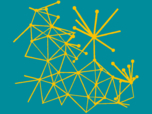
SACROIS is a data crossing algorithm that produces professional fishing activity data series (validated, consolidated and qualified production and effort data) for the vessels registered in the Community Fishing Fleet (CFP) file. SACROIS selects the best of the available information sources to produce the reference fishing activity data. SACROIS consists of an operational application for reconciliation, verification and consistency checks of different unitary data streams. The SACROIS algorithm does not correct the data, its objective is to : - provide the best possible estimate of the various elements making up a tide from the available data sources - to identify the incompleteness of the various data sources and to propose a synthesis completed by indicators of data qualification resulting from the crossings. Twice a month, the SACROIS algorithm produces a new data source, a synthesis of all the available data sources: the reconstructed SACROIS tides. The SACROIS data have been calculated since 2000 for all fleets for which data are available: - North Sea - Channel - Atlantic (excluding tropical seiners), - Mediterranean (excluding bluefin seiners), - DOM (Reunion, Mayotte, French Guiana and the West Indies).
-
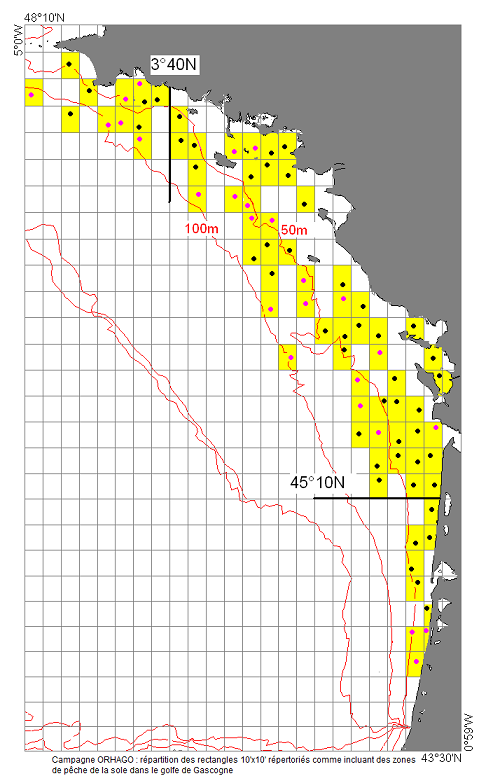
The ORHAGO cruises (Observation of the benthic aquatic resources of the GOlfe de Gascogne) are part of Ifremer's mission of observation and expertise in support of fisheries management. Their main aim is to obtain series of abundance indices for flatfish and in particular for sole. Consequently, the choice was made to adopt a beam trawl to comply with the standards of the International Council for the Exploration of the Sea (ICES) for flatfish. This choice has made it possible to be part of the campaigns coordinated by ICES and thus to be a member of a community in which the methodology and results can be discussed each year in the ICES WGBEAM working groups. Since 2013, the ORHAGO campaigns have been used to assess the state of the Bay of Biscay sole stock. They allow this assessment to be carried out analytically, i.e. using a model to analyse and simulate the dynamics of the stock. The ORHAGO campaigns are also a source of information on the evolution of benthic populations and coastal benthic habitats in the Bay of Biscay.
-
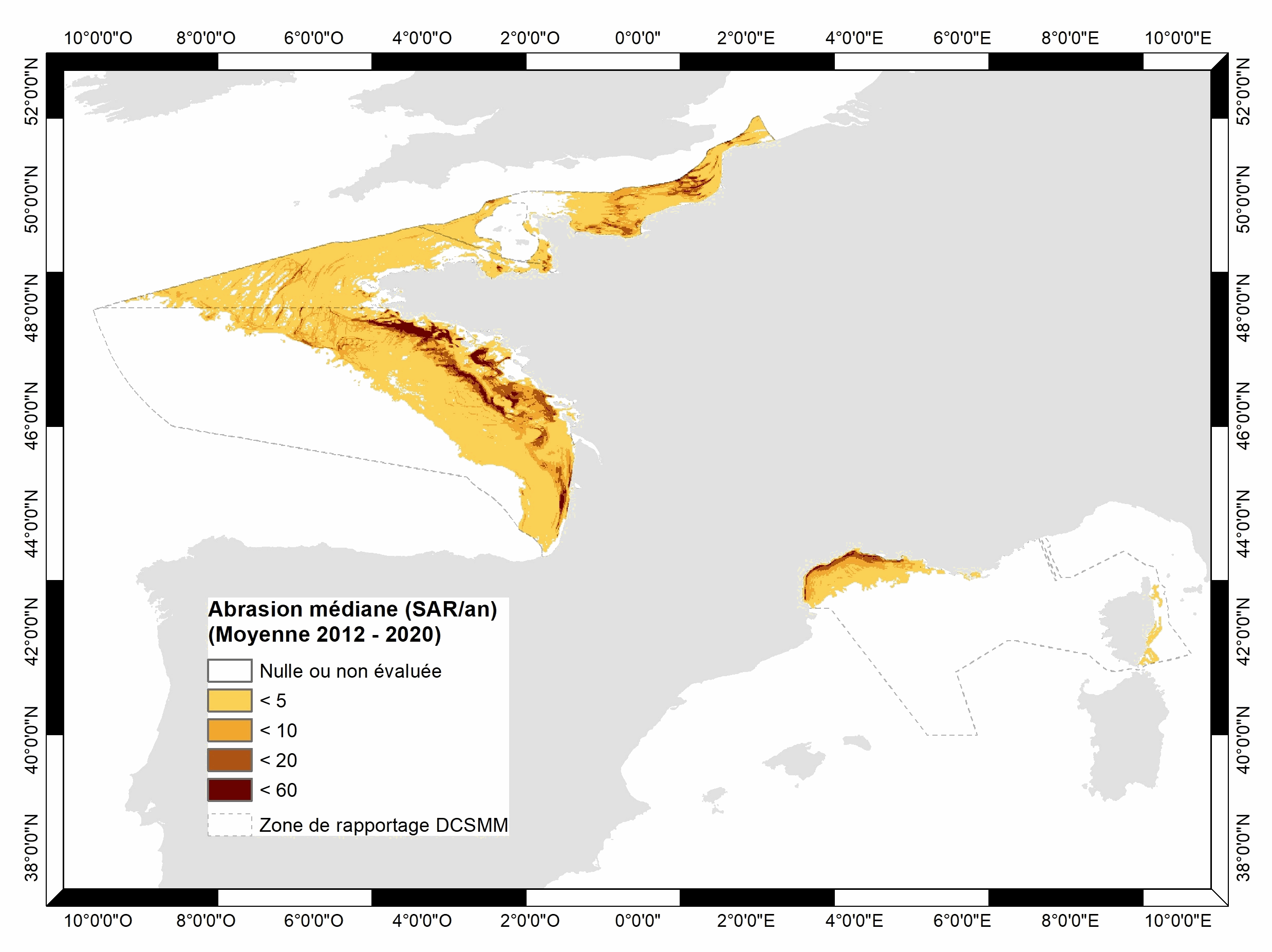
-

Created in 2015, it follows on from the RESCO launched in 2009, and REMORa launched in 1993. In 2015, the structure and operation of the former RESCO network was used to implement planned monitoring of oysters. More specifically, the sentinel batches used by the network, representing 3 age classes (6 months, 18 months of the previous year and 30 months of the previous year) are monitored regularly (frequency: bi-monthly or monthly). throughout the year at 12 national sites (corresponding to former RESCO sites). At each passage, counts are made to assess the mortality rate, and different types of laboratory diagnostic tests will be performed: - initially, the new spat batches (Ifremer Standardized Spats) will undergo specific PCR analyzes to search for potentially present infectious agents (OsHV-1 and Vibrio aestuarianus) but also non-specific analyzes (histology, classical bacteriology) for the possible detection of other pathogenis agents ; - for the detection of emerging diseases, the first dying batches detected for each age group, for each site, will undergo specific laboratory (OsHV-1 and Vibrio aestuarianus PCR) and non-specific (histology) diagnostic tests in order to detect as early as possible emerging diseases in these sentinel batches; - for the detection of exotic diseases, in the absence of a hierarchy of exotic diseases being available for oysters, it was decided to monitor the parasite Mikrocytos mackini because infection with this parasite is regulated at European level, on one of the RESCOII sites (Loix en Ré) previously identified as a site at risk with respect to the introduction of this parasite. In addition to these mortality follow-ups and the laboratory diagnoses, each site is equipped with a probe to allow it to gather environmental parameters (temperature, pressure, salinity) at high frequency. The various results are stored in the Quadrige² database, and are available for the various actors involved. The network is closely linked to a dedicated website which allows the dissemination of objectives, protocols and results, and which will be updated every month. In parallel, newsletters summarizing the results obtained are sent by e-mail every month to the State services.
-
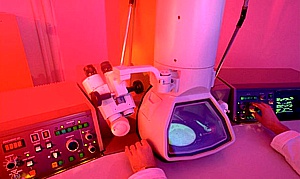
National network for monitoring the health status of shellfish populations in natural beds or in shellfish growing areas. It performs a regulatory role and a public service activity delegated by the Ministry of Agriculture and Fisheries through the DGAL (General Directorate for Food).
-

-

-
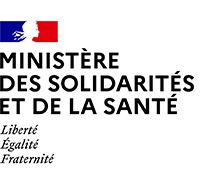
 Catalogue PIGMA
Catalogue PIGMA